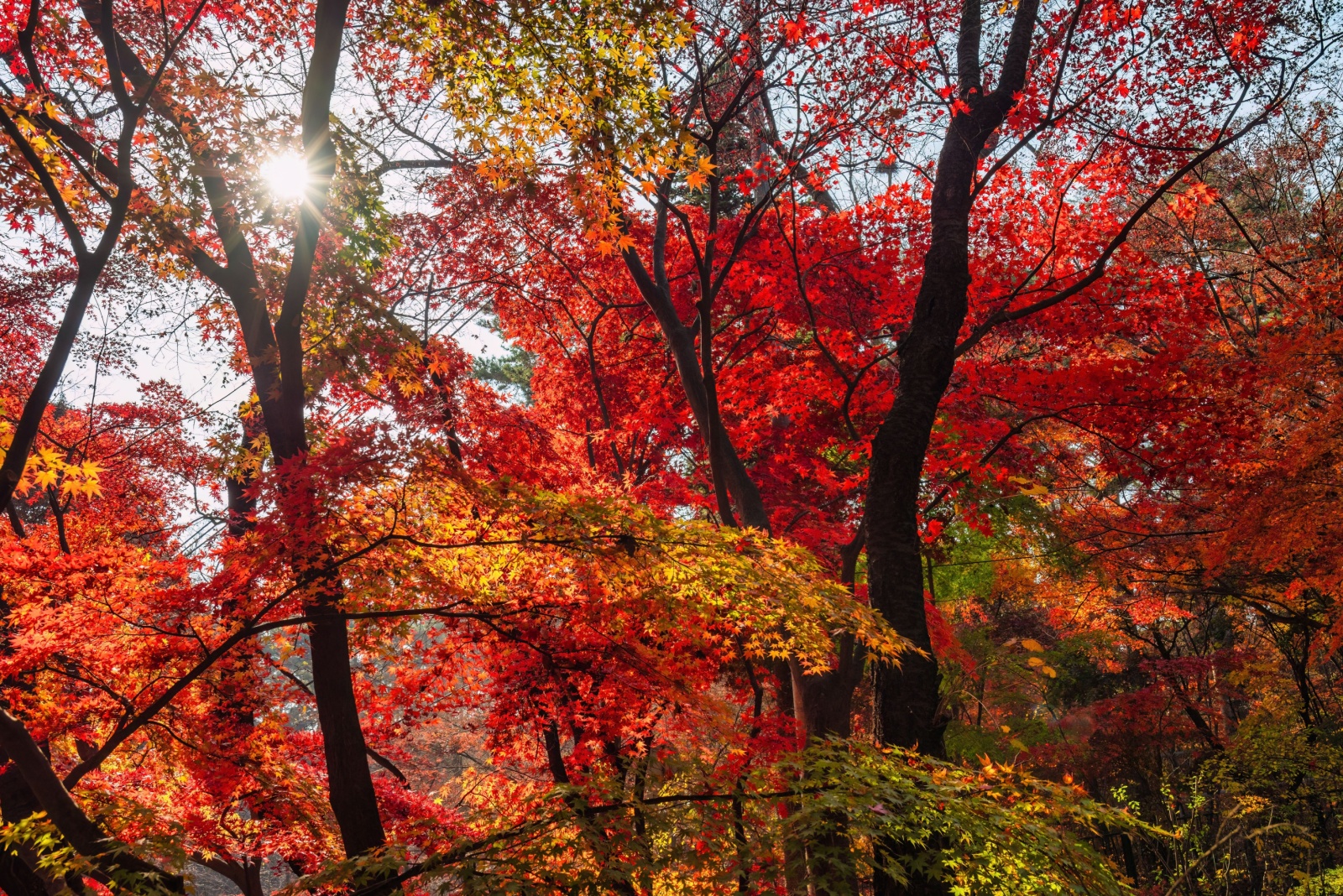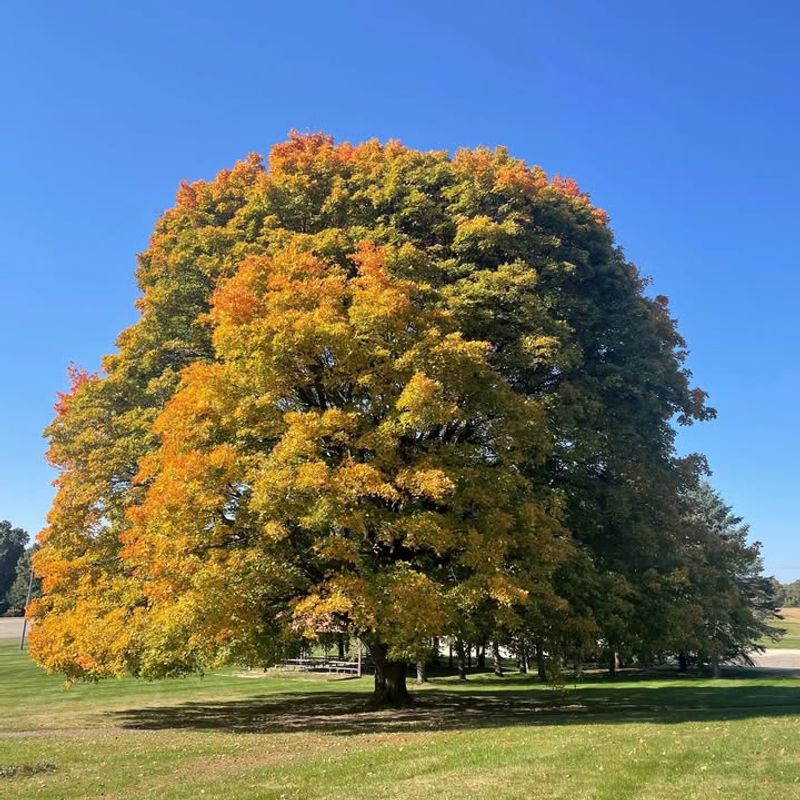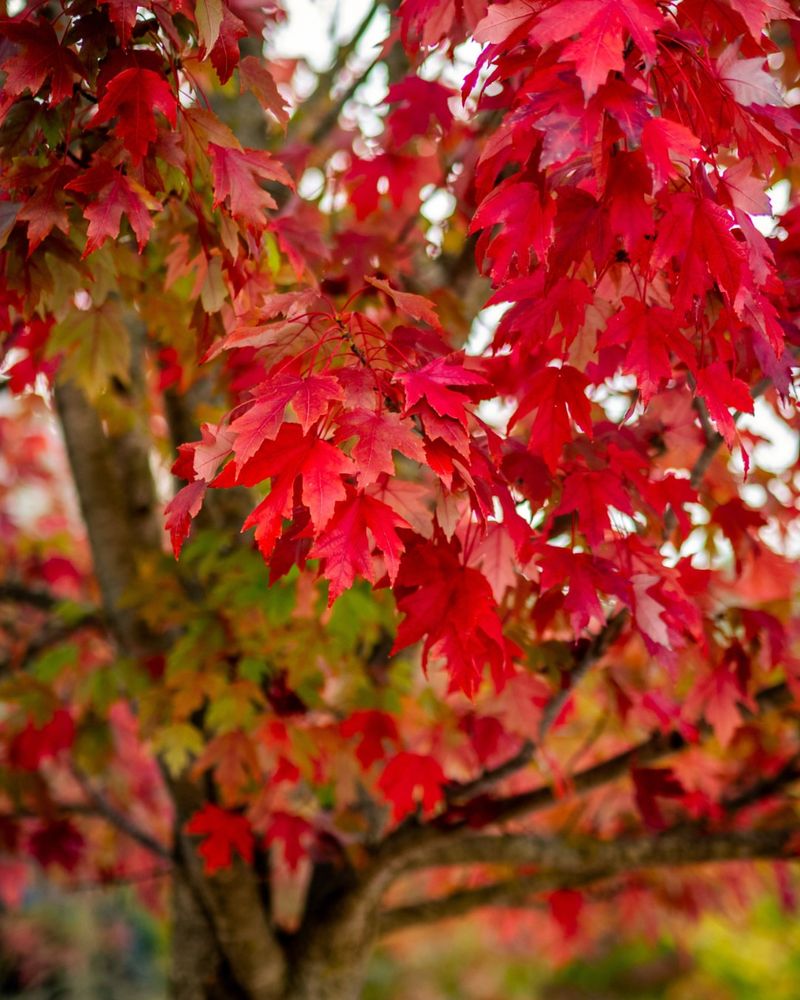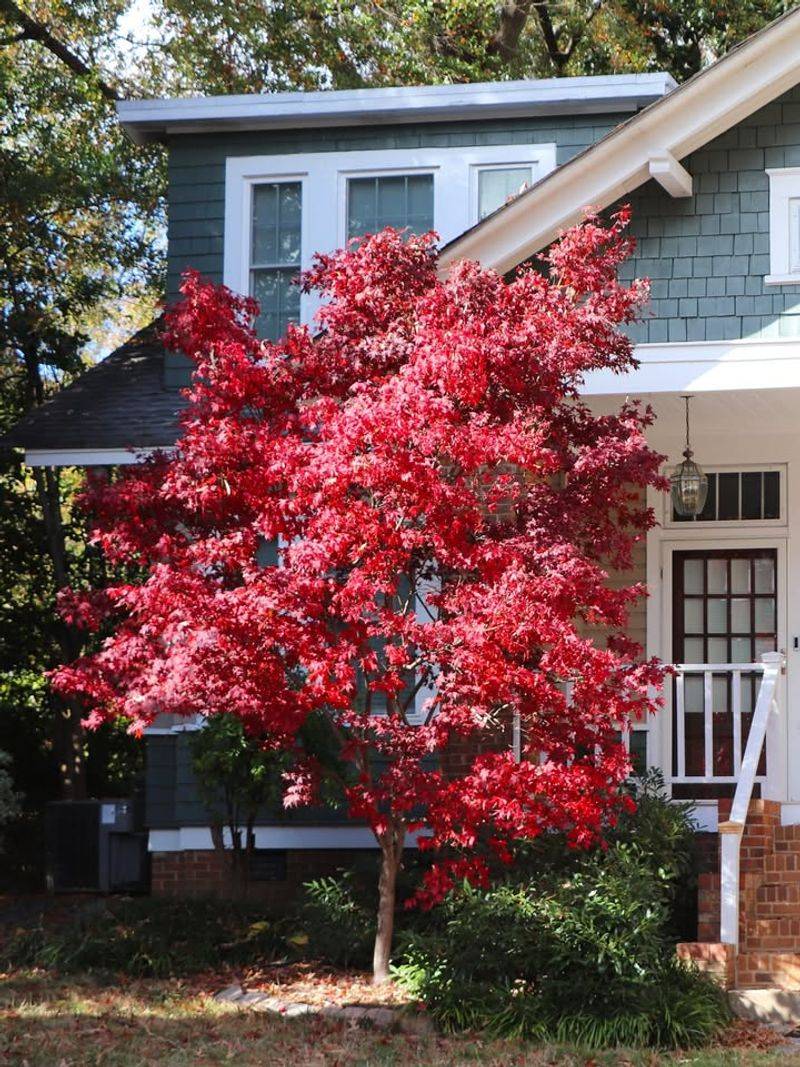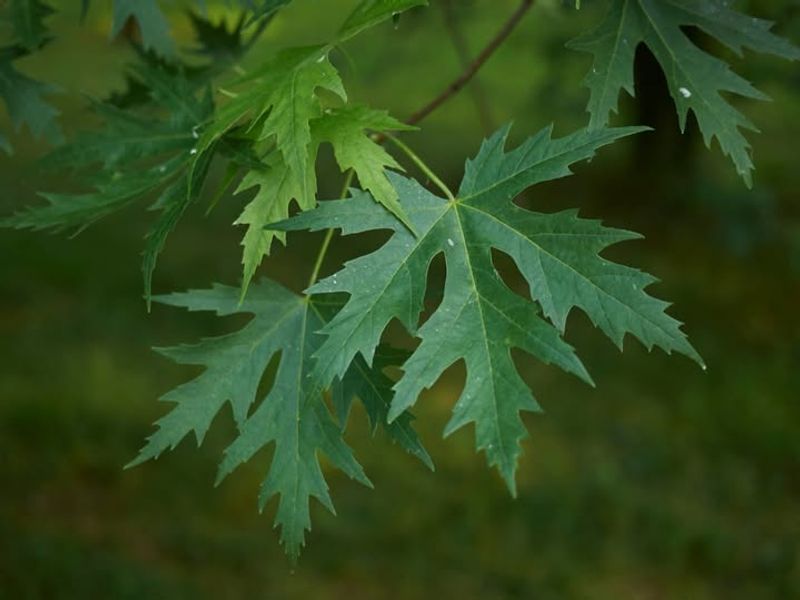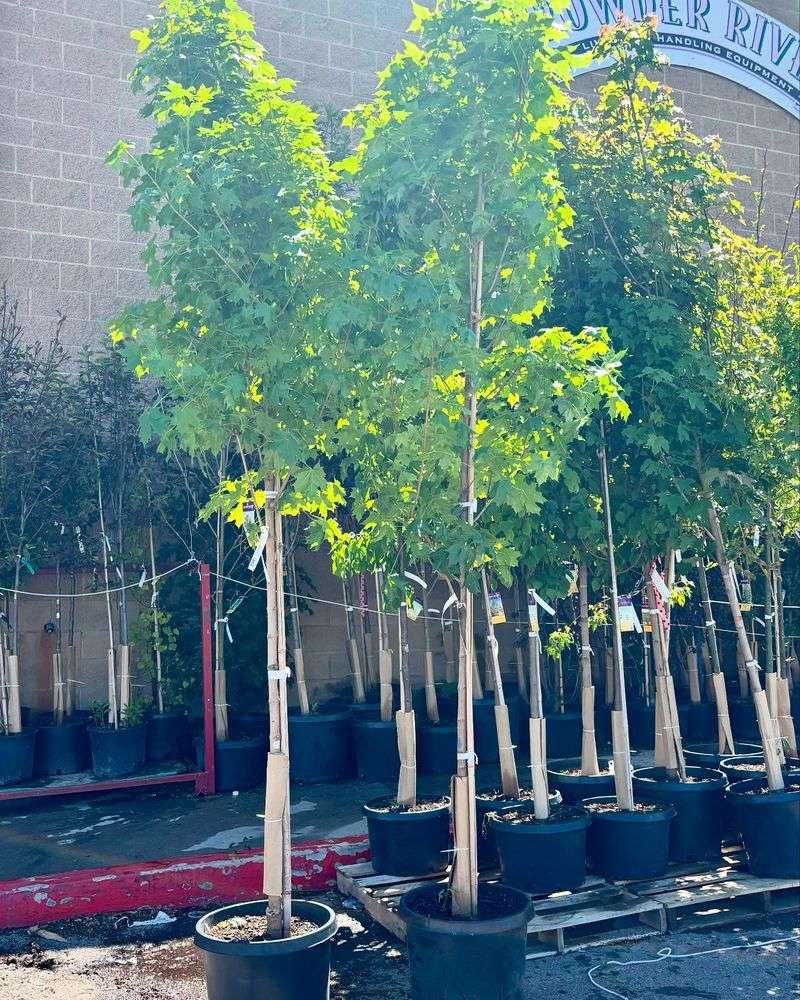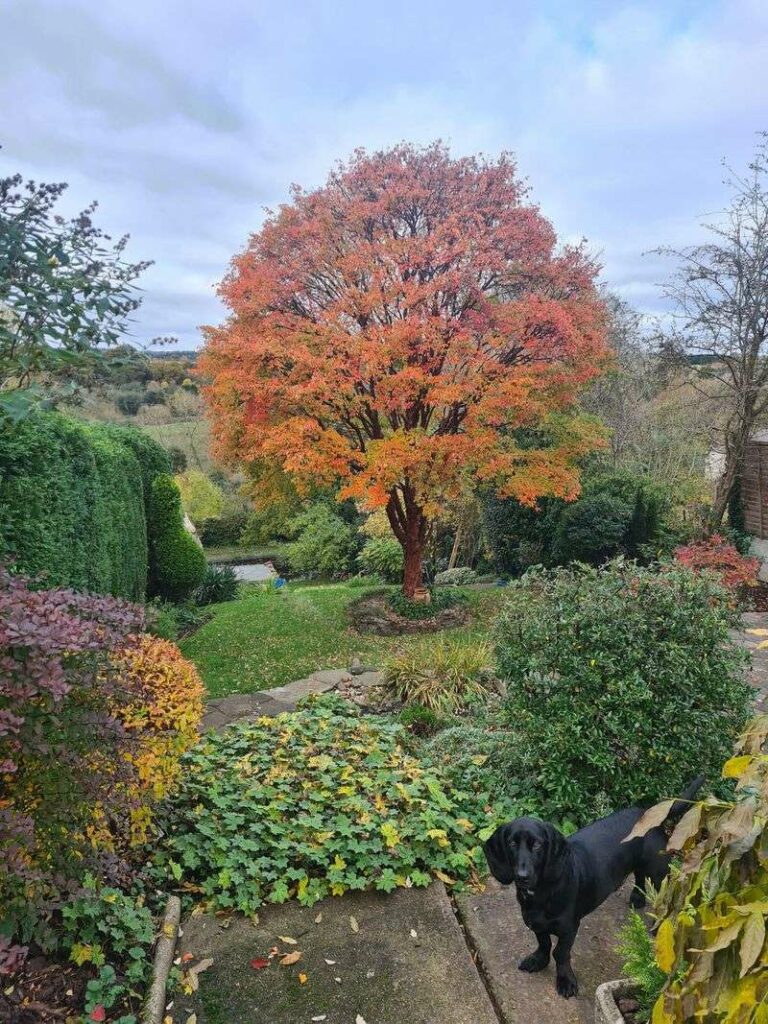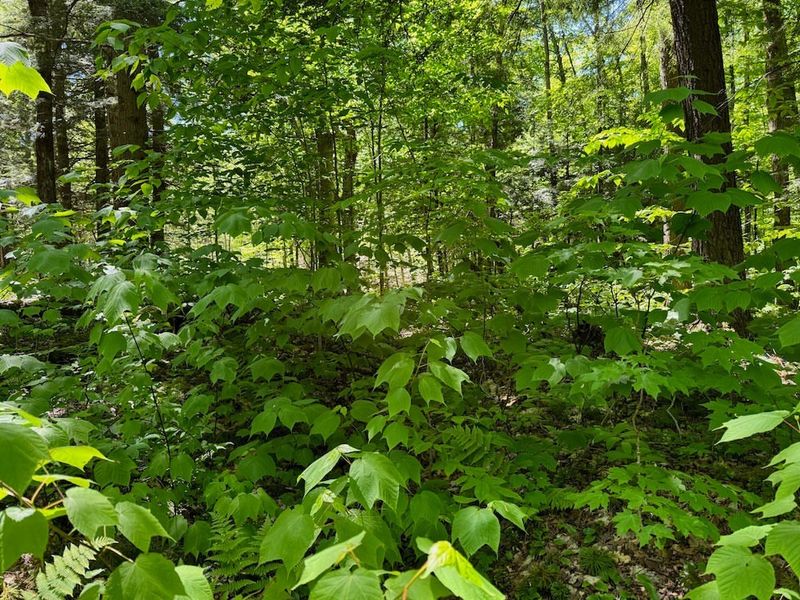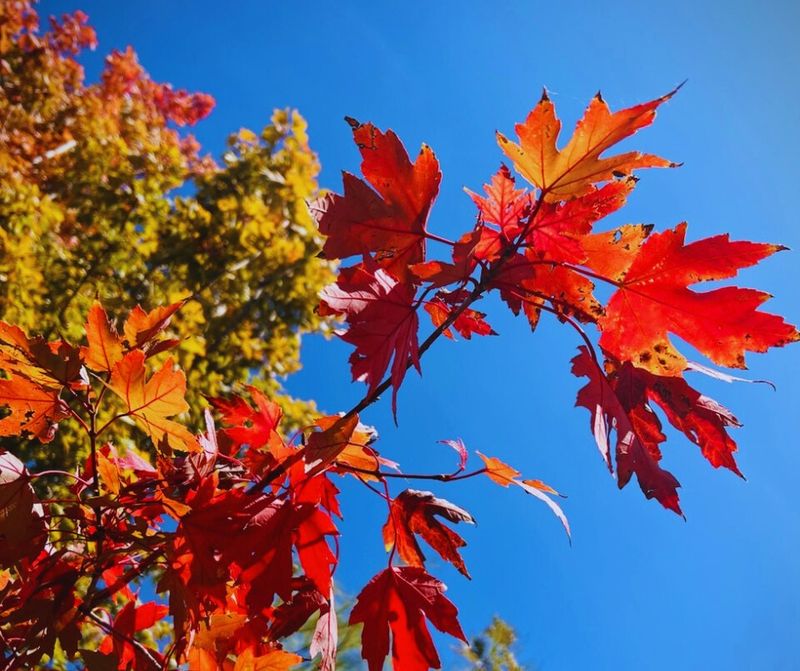October is the perfect time to plant maple trees in Pennsylvania. The cooler weather and autumn rains help new trees settle into the soil before winter arrives. Maple trees bring beautiful fall colors, shade for your yard, and even sweet sap for making syrup.
If you want a towering giant or a smaller ornamental tree, there’s a maple variety that will thrive in your Pennsylvania landscape.
1. Sugar Maple
Sugar maples are Pennsylvania’s autumn superstars, painting neighborhoods with brilliant orange, red, and yellow leaves each fall. They grow tall and strong, reaching up to 80 feet, making them ideal shade trees for large yards.
Beyond their beauty, sugar maples produce the sap used to make delicious maple syrup. They prefer well-drained soil and can handle Pennsylvania’s cold winters without any trouble.
Plant them where they’ll have plenty of room to spread their branches wide.
2. Red Maple
With fiery red leaves that practically glow in October sunlight, red maples are fast-growing favorites across Pennsylvania. They adapt to almost any soil type, from wet areas near streams to drier hillside spots.
Springtime brings tiny red flowers before the leaves emerge, adding early-season color. Red maples typically reach 40 to 60 feet tall, fitting nicely in medium-sized yards.
They’re tough trees that handle urban pollution and varying weather conditions remarkably well.
3. Japanese Maple
Japanese maples bring an artistic touch to any Pennsylvania garden with their delicate, lace-like leaves and graceful branching patterns. Most varieties stay small, growing only 10 to 25 feet tall, making them perfect for compact spaces or as accent trees.
Their leaves come in colors ranging from deep burgundy to bright green, turning spectacular shades in autumn. Plant them in partially shaded spots protected from harsh winds.
They prefer slightly acidic soil with good drainage.
4. Silver Maple
Silver maples are the speed demons of the maple world, shooting up faster than almost any other variety. Their leaves have silvery-white undersides that shimmer beautifully when breezes blow through the branches.
Growing up to 70 feet tall, they provide quick shade for new homes or open yards. They love moist soil and often thrive near ponds or streams.
October planting gives their extensive root systems time to establish before summer heat arrives.
5. Norway Maple
Norway maples form dense, rounded crowns that create deep shade underneath, perfect for cooling down hot summer yards. Their thick leaves turn bright yellow in fall, creating a golden glow across Pennsylvania neighborhoods.
Reaching heights of 40 to 50 feet, they tolerate city conditions better than many trees, handling pollution and compacted soil. They’re drought-resistant once established, requiring less watering than other maples.
Their sturdy nature makes them reliable landscape anchors for decades.
6. Paperbark Maple
Paperbark maples steal the show even after leaves drop, thanks to their stunning cinnamon-colored bark that peels in paper-thin sheets. Growing 20 to 30 feet tall, they work wonderfully as specimen trees where their unique bark becomes a focal point.
Fall brings reddish-orange leaf colors that complement the bark beautifully. They prefer locations with afternoon shade and consistent moisture.
Pennsylvania gardeners love them for year-round visual interest that never gets boring.
7. Striped Maple
Sometimes called moosewood, striped maples display eye-catching green bark with white vertical stripes running up their trunks. Native to Pennsylvania’s forests, they naturally thrive in shaded understory positions beneath taller trees.
Growing 15 to 25 feet tall, they’re excellent choices for woodland gardens or shaded yards. Their large leaves turn warm yellow in autumn, brightening darker garden spots.
Plant them in moist, rich soil where they’ll mimic their natural forest habitat perfectly.
8. Autumn Blaze Maple
Autumn Blaze maples combine the best traits of red and silver maples, growing quickly while displaying jaw-dropping orange-red fall colors. They shoot up 3 to 5 feet yearly, reaching mature heights of 50 feet within just a couple decades.
Their symmetrical shape and reliable fall display make them landscaping favorites across Pennsylvania. They adapt to various soil types and handle both wet and dry conditions.
October planting ensures they’re ready to explode with growth come spring.

